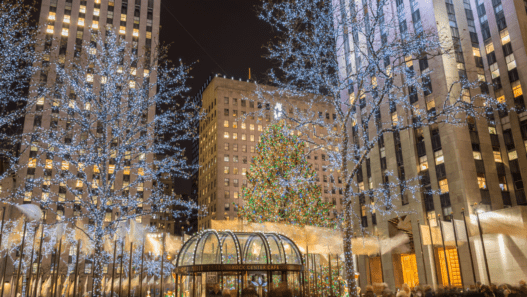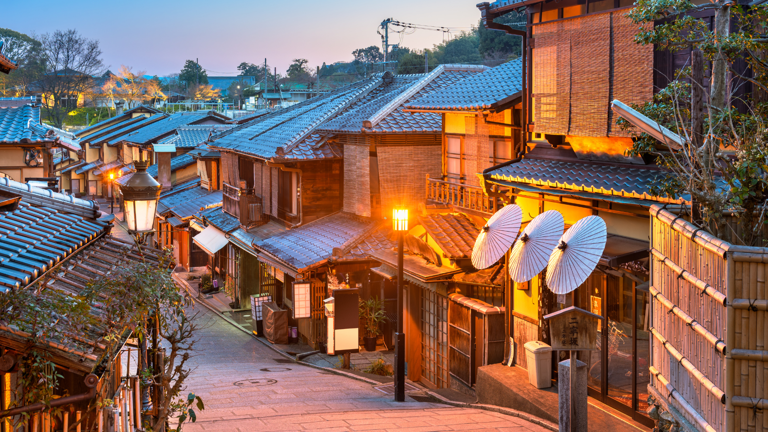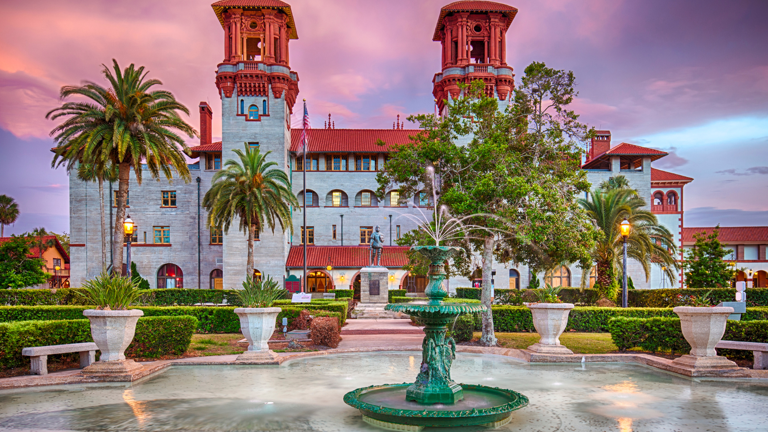Kyoto, often considered the cultural heart of Japan, is renowned for its temples, which stand as testaments to the city’s rich history, artistry, and spiritual heritage. With over 1,600 Buddhist temples and numerous Shinto shrines, Kyoto’s religious architecture is a key element of its identity, attracting millions of visitors each year. The city’s temples are not only places of worship but also historical landmarks, cultural treasure troves, and examples of stunning natural integration.
Historical Significance
Kyoto served as Japan’s capital for over a millennium, from 794 to 1868, a period known as the Heian era. During this time, it became the epicenter of Japanese culture, religion, and politics. Many of the city’s temples were established in this period, supported by the imperial family and influential aristocrats. These temples were designed to reflect the philosophical and artistic advancements of the time, making them repositories of cultural heritage.
Architectural Splendor
Kyoto’s temples are celebrated for their architectural beauty, which often harmonizes with the surrounding natural landscapes. One iconic example is Kinkaku-ji, or the Golden Pavilion. Originally built in 1397, its top two floors are covered in gold leaf, creating a shimmering reflection on the pond it overlooks. The temple is a stunning blend of Chinese and Japanese architectural styles, embodying Zen Buddhist principles.
Similarly, Ginkaku-ji, or the Silver Pavilion, although not actually covered in silver, offers a more subdued aesthetic compared to Kinkaku-ji. Built in 1482, Ginkaku-ji is surrounded by beautiful gardens and is a prime example of wabi-sabi, the Japanese aesthetic that finds beauty in imperfection and simplicity.
Cultural Heritage
Many of Kyoto’s temples are UNESCO World Heritage Sites, recognized for their historical and cultural significance. For instance, Kiyomizu-dera, founded in 778, is famed for its wooden stage that juts out from the main hall, offering spectacular views of cherry and maple trees, as well as the city of Kyoto itself. The temple is a marvel of engineering, constructed without the use of nails.
The Ryoan-ji Temple is another UNESCO site, renowned for its Zen rock garden. This karesansui (dry landscape) garden, with its fifteen rocks set amidst raked white gravel, embodies Zen Buddhist principles of simplicity and meditation. The arrangement encourages contemplation and has inspired numerous artists and architects worldwide.
Spiritual Significance
The temples of Kyoto are active centers of worship and pilgrimage. Shinto and Buddhist rituals and festivals play a significant role in the daily lives of locals and are an integral part of Japan’s intangible cultural heritage. For instance, the annual Gion Matsuri, associated with Yasaka Shrine, is one of Japan’s most famous festivals, featuring grand processions and elaborate floats.
Gardens and Natural Harmony
The integration of natural elements into temple designs is a hallmark of Kyoto’s religious sites. The Saiho-ji, also known as the Moss Temple, is particularly famous for its lush moss garden, which encompasses over 120 varieties of moss. The garden’s tranquil ambiance is designed to encourage meditation and reflection.
Artistic and Scholarly Centers
Kyoto’s temples have historically been centers of learning and artistic development. They house numerous artifacts, paintings, and scriptures, many of which are designated National Treasures or Important Cultural Properties. The murals, sliding door paintings (fusuma-e), and sculptures found in these temples are invaluable for understanding the evolution of Japanese art.





















